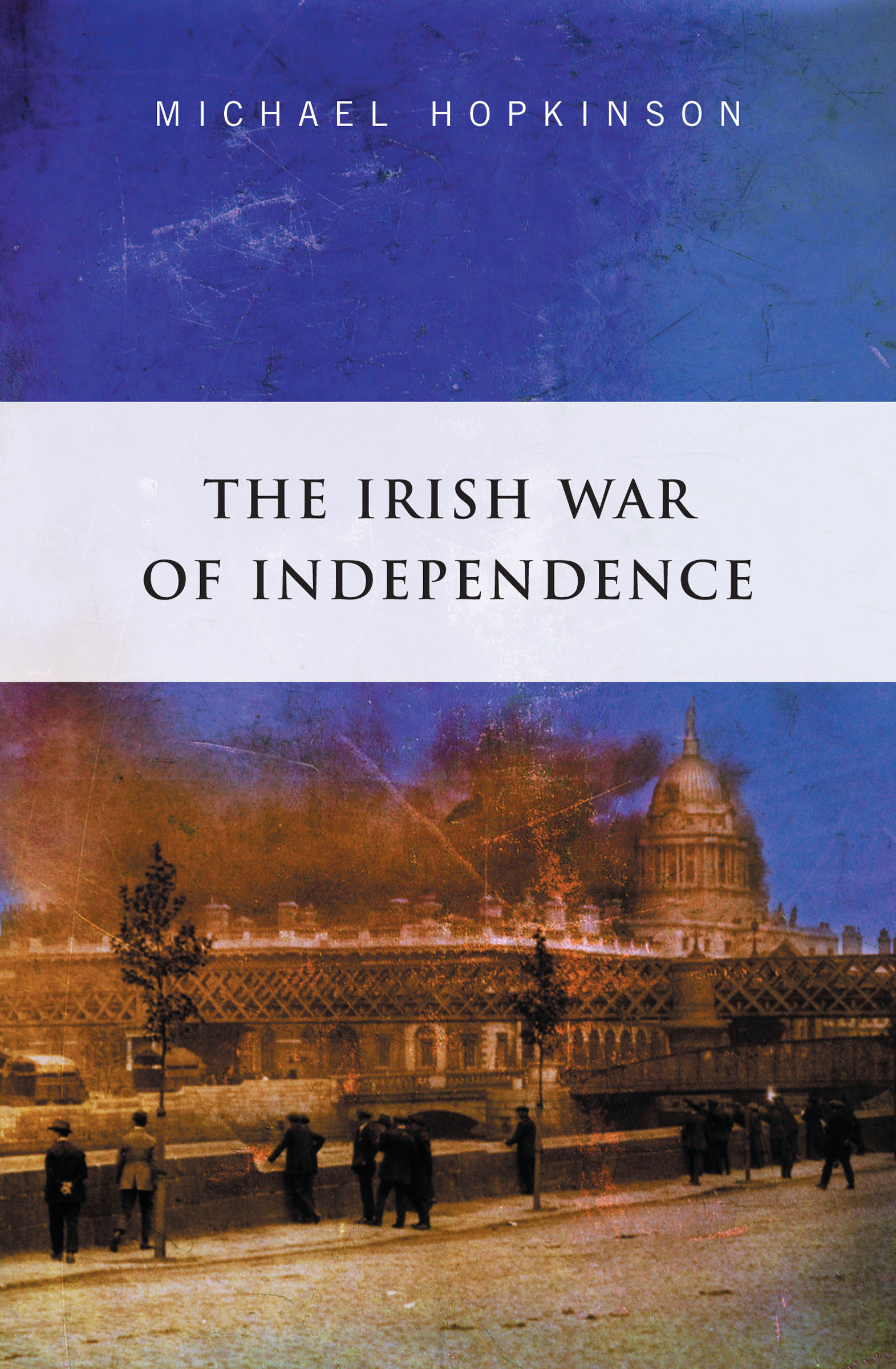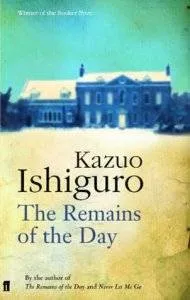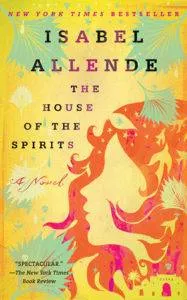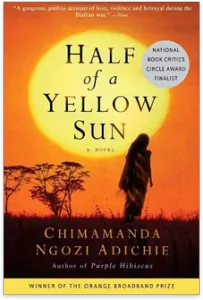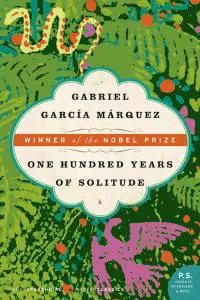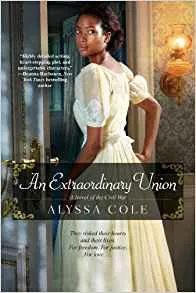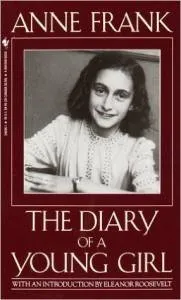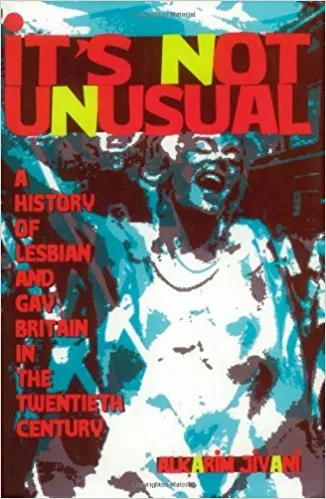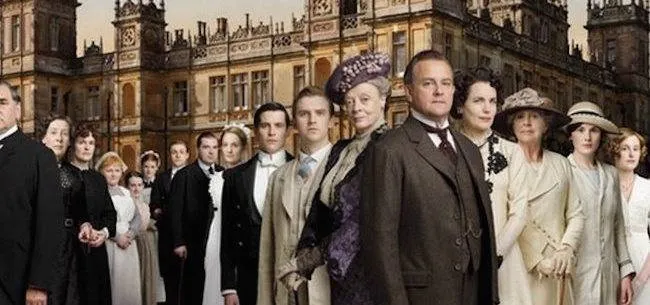
A Diverse Reading List for Downton Abbey Fans
This content contains affiliate links. When you buy through these links, we may earn an affiliate commission.
I boarded the Downton Abbey train a little later than most. As in, a measly six years late, and then it took me two more years to get hooked and binge-watch my way from series two onwards. But what is almost a decade in the face of a cultural phenomenon that reawakened public interest in period pieces to an extraordinary extent?
I loved all six series of the show, even after two of my favorite characters kicked the bucket. I will defend most narrative decisions that plenty of people hate (although I draw the line at my formerly beloved Tom Branson pulling a Gregor Samsa and becoming a completely different person). I do, however, have one serious gripe with how unbelievably white the show was. There was one character of color in six series. One. And he was gone after three episodes.
There are lots of What to Read if You Loved Downton Abbey lists floating around the Internet. Most of them are so white (and straight, and Eurocentric, and focused on the upper-classes) that they could effortlessly reflect light. So this is an attempt to provide some reading options for people who wanted the fabulous world of Downton to reflect more realities than the ones portrayed.
This is what it would look like if we’d watched Downton through Carson’s eyes. Particularly bitter eyes, since in this universe Mrs. Hughes is the one that got away.
Latin American storytelling is big on family sagas. The House of the Spirits follows three generations of the Trueba family, watching them love and struggle and cope. Just like the Crawleys, the Truebas are witnesses to groundbreaking change and turmoil in the world.
The story of a revolutionary intellectual fighting for his country’s independence in the Nigerian Civil War and the aristocratic woman who wants more from life than balls and marriage should appeal to all the Sybil/Branson fans out there. If that isn’t Downton-y enough for you, there is also a fascinating woman who has lived under her sister’s shadow all her life and must find a way to rise above her insecurities in order to build a world of her own.
A family saga that makes the Crawleys look level-headed and functional, living in a house that makes Downton Abbey appear dull and devoid of personality. That alone would have probably merited this story a Nobel Prize, but García Márquez’s outstanding skill is unparalleled.

The only interracial love story in Downton Abbey ended badly. Rose didn’t really love Jack, and he knew it. And because he loved her, he wasn’t willing to put her through the trials of an interracial relationship. By the time I watched that scene, I wanted to rip out my hair in frustration. So Cole’s novel, featuring an intense love story between two Loyal League members working together, at great personal risk, to put an end to American slavery, is a welcome reminder that love can survive seemingly impossible odds.
By the time Downton Abbey wrapped up, Hitler’s rise to power was not only well underway, it had already had some very serious consequences for Michael Gregson and Edith Crawley. It’s reasonable to assume that Atticus and Rose would’ve also seen their lives disrupted or outright ended in the years to come. Anne Frank’s heartbreaking account of life, first in hiding and then in a concentration camp, is fundamental to truly get a grasp of the horrors perpetrated by Nazis throughout Europe.
Downton featured a grand total of two gay men in a span of thirteen years, one of whom was a villain and the other morally ambiguous at best. Based on that, you’d think non-straight people were almost non-existent in Britain. Jivani’s book gives us a peek of what LGBT presence really looked like.


Fiction
 The Remains of the Day by Kazuo Ishiguro
The Remains of the Day by Kazuo Ishiguro
This is what it would look like if we’d watched Downton through Carson’s eyes. Particularly bitter eyes, since in this universe Mrs. Hughes is the one that got away.
 The House of Spirits by Isabel Allende
The House of Spirits by Isabel Allende
Latin American storytelling is big on family sagas. The House of the Spirits follows three generations of the Trueba family, watching them love and struggle and cope. Just like the Crawleys, the Truebas are witnesses to groundbreaking change and turmoil in the world.
 Half of a Yellow Sun by Chimamanda Ngozi Adichie
Half of a Yellow Sun by Chimamanda Ngozi Adichie
The story of a revolutionary intellectual fighting for his country’s independence in the Nigerian Civil War and the aristocratic woman who wants more from life than balls and marriage should appeal to all the Sybil/Branson fans out there. If that isn’t Downton-y enough for you, there is also a fascinating woman who has lived under her sister’s shadow all her life and must find a way to rise above her insecurities in order to build a world of her own.
 One Hundred Years of Solitude by Gabriel García Márquez
One Hundred Years of Solitude by Gabriel García Márquez
A family saga that makes the Crawleys look level-headed and functional, living in a house that makes Downton Abbey appear dull and devoid of personality. That alone would have probably merited this story a Nobel Prize, but García Márquez’s outstanding skill is unparalleled.

Imre: A Memorandum, by Edward Prime Stevenson
The one regular gay character in the show was alone for thirteen years while everyone around him found love, often more than once. Although not the first novel featuring a same-sex couple (Radclyffe Hall’s The Well of Loneliness comes to mind), Stevenson’s work is groundbreaking by stalwartly insisting on a happy ending for British aristocrat Oswald and Hungarian military officer Imre. An Extraordinary Union, by Alyssa Cole
An Extraordinary Union, by Alyssa Cole
The only interracial love story in Downton Abbey ended badly. Rose didn’t really love Jack, and he knew it. And because he loved her, he wasn’t willing to put her through the trials of an interracial relationship. By the time I watched that scene, I wanted to rip out my hair in frustration. So Cole’s novel, featuring an intense love story between two Loyal League members working together, at great personal risk, to put an end to American slavery, is a welcome reminder that love can survive seemingly impossible odds.
Non-fiction
 Diary of a Young Girl, by Anne Frank
Diary of a Young Girl, by Anne Frank
By the time Downton Abbey wrapped up, Hitler’s rise to power was not only well underway, it had already had some very serious consequences for Michael Gregson and Edith Crawley. It’s reasonable to assume that Atticus and Rose would’ve also seen their lives disrupted or outright ended in the years to come. Anne Frank’s heartbreaking account of life, first in hiding and then in a concentration camp, is fundamental to truly get a grasp of the horrors perpetrated by Nazis throughout Europe.
 It’s Not Unusual: History of Lesbian and Gay Britain in the 20th Century, by Alkarim Jivani
It’s Not Unusual: History of Lesbian and Gay Britain in the 20th Century, by Alkarim Jivani
Downton featured a grand total of two gay men in a span of thirteen years, one of whom was a villain and the other morally ambiguous at best. Based on that, you’d think non-straight people were almost non-existent in Britain. Jivani’s book gives us a peek of what LGBT presence really looked like.
Black Edwardians: Black People in Britain 1901-1914, by Jeffrey Green
Raise your hand if you’re still bitter about the ONE non-white character in the show being a) a minor character that lasted three episodes, b) apparently used by a white woman to piss off her mother, and c) criminally underused despite all the potential storylines available for a black artist trying to make his mark in a wildly racist society. This one’s for you, Jack.